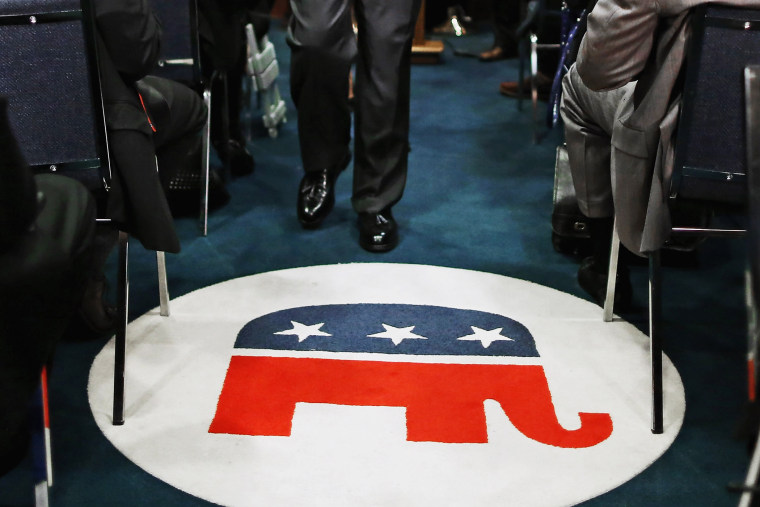On Wednesday, Politico published a piece on the trajectory of the debate over "birthright citizenship." The article said the idea has gone "from the fringe to the Oval Office."
Vocal proponents of ending birthright citizenship acknowledge that view has long been dismissed as a far-right fantasy. [...]But President Donald Trump has never been cowed by elite opinion....
About a day later, the New York Times ran an unrelated article on the right's vilification of George Soros, which it said has "moved from the fringes to the mainstream." Conspiracy theories about the Hungarian-American financier "were initially confined to the anti-Semitic fringe," the piece added, but they're now peddled by plenty of Republicans -- including the president of the United States.
And while stories like these deserve to be considered as notable in their own right, it's also worth appreciating just how frequently we're confronted with these kinds of stories. If it seems like you frequently see headlines about "____ has moved from the Republican fringe to the Republican mainstream," it's not your imagination.
In fact, it's not limited to the party's policy agenda. Jeff Sessions was considered "a fringe figure" in GOP politics, but Trump made him the attorney general. During his congressional career, Mike Pence earned a reputation as something of a lawmaker on the radical periphery, with a voting record well to the right of House members such as Michele Bachmann and Louie Gohmert, but Trump chose him to be vice president.
Some figures from Breitbart News "labored on the fringes" right up until they secured jobs in the White House. Stephen Miller "spent years on the political fringe" before he started shaping the sitting president's agenda. Mainstream Republicans spent years keeping Southern Baptist pastor Robert Jeffress at arms' length, but he's now a popular figure in the West Wing.
Trump himself was seen as a fringe political figure, best known for championing a racist conspiracy theory, right up until he was elected president.
FiveThirtyEight's Nate Silver published an analysis awhile back that explained, "The most conservative Republicans in the House 25 or 30 years ago would be among the most liberal members now." In other words, if you were following national politics in the 1990s, you could've found plenty of members of Congress who would've fairly been described as very conservative -- but by today's standards, those identical individuals constitute the GOP's "moderate" wing.
And that necessarily suggests that those who were dismissed as fringe extremists a generation ago have filled the vacuum and now represent the Republican Party's conservative wing, which dominates the party at the national level.
Those who've made the transition from the GOP fringe to the GOP mainstream have brought their ideas with them. The result is routine astonishment over what a radicalized Republican Party is prepared to fight for in 2018.
